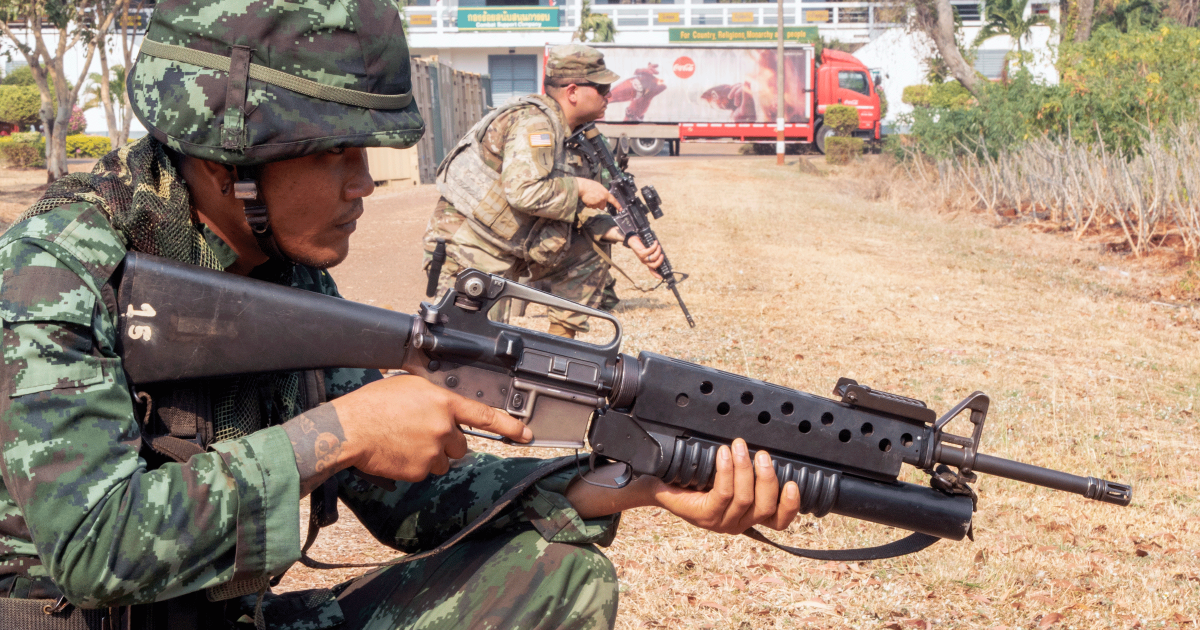The Importance of Military Alliances
Military alliances have long played a crucial role in shaping the global defense landscape. These alliances are formed between nations with the aim of enhancing their collective security and promoting stability in the international system. Over the years, the dynamics of military alliances have evolved, reflecting the changing geopolitical landscape and the emergence of new security challenges.
The Changing Face of Military Alliances
One of the key factors driving the shifting dynamics of military is the changing nature of threats. Traditional alliances were primarily focused on countering conventional military threats posed by rival powers. However, in recent times, the security landscape has become more complex, with non-state actors, cyber threats, and asymmetric warfare gaining prominence.
This has led to the formation of new alliances and the adaptation of existing ones to address these emerging challenges. For example, the North Atlantic Treaty Organization (NATO), which was originally established to counter the Soviet Union during the Cold War, has expanded its focus to include counterterrorism and cybersecurity.
The Rise of Regional Alliances
Another notable trend in military is the rise of regional alliances. These alliances bring together countries within a specific geographical area to address common security concerns. Regional alliances have gained significance as they allow for more tailored and localized responses to regional threats.
An example of a regional alliance is the Association of Southeast Asian Nations (ASEAN), which promotes cooperation among its member states in areas such as counterterrorism, maritime security, and disaster management. Regional alliances also serve as platforms for confidence-building measures and diplomatic dialogue, contributing to regional stability and peace.
The Role of Technology
Technology has also had a profound impact on military. Advancements in communication and information-sharing capabilities have facilitated closer coordination and interoperability among alliance members. This has allowed for more effective joint operations and the sharing of intelligence, enhancing the overall effectiveness of military.
Furthermore, emerging technologies such as unmanned systems, artificial intelligence, and cyber capabilities have introduced new dimensions to military alliances. These technologies have the potential to revolutionize warfare and reshape the dynamics of alliances in the future.



































